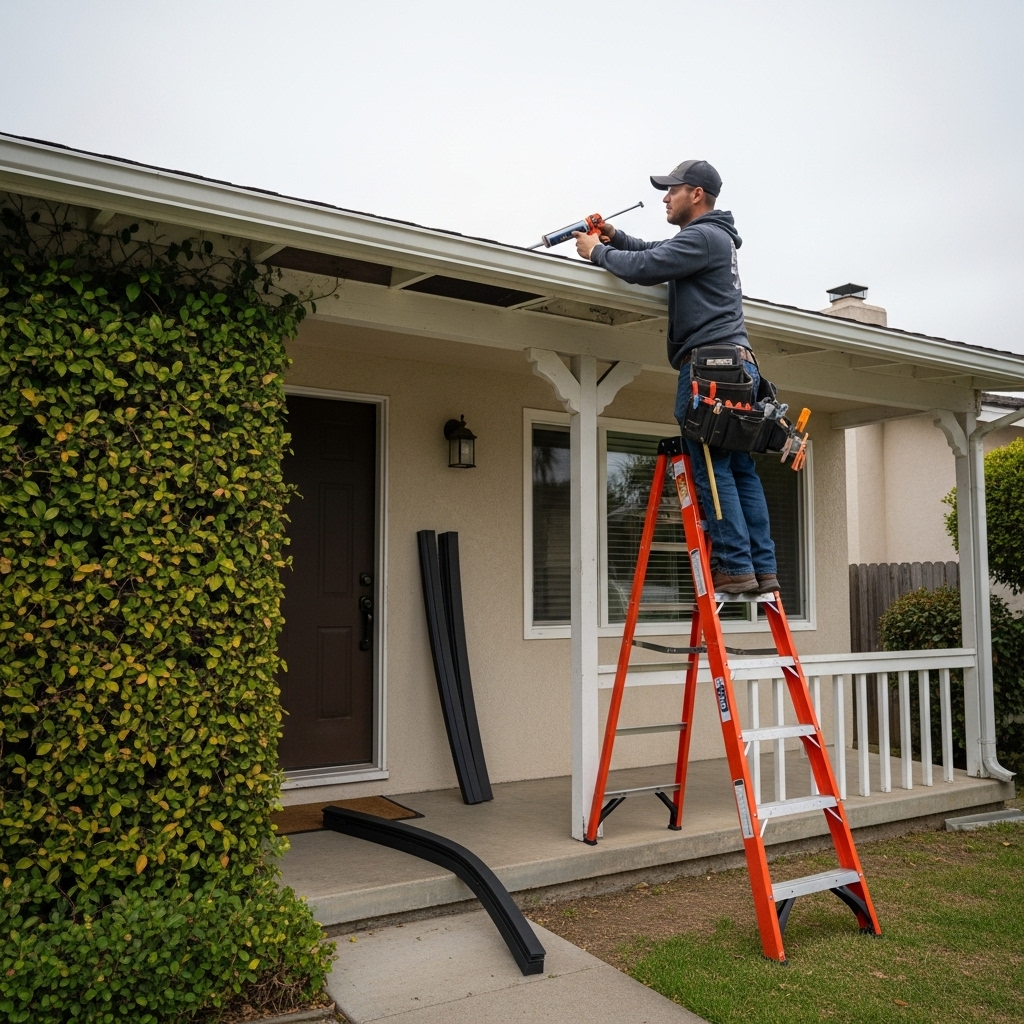People often describe Los Angeles as having only two seasons—hot and less hot—but homeowners know the city’s microclimates tell a more complicated story. Spring can be damp and fragrant with new growth. Summer heat stretches materials and draws cool air out of the house at night. Fall brings Santa Ana winds that test rooflines and screens. Winter storms, especially in El Niño years, drive animals to higher, drier shelter. In every phase, a thoughtful plan for rodent proofing keeps the home quieter, cleaner, and better protected. Seasonal maintenance is not a chore to dread; it is a rhythm that becomes as familiar as checking smoke detectors and cleaning gutters.
The key to seasonal work is timing. By anticipating how weather shapes behavior—both ours and the rodents’—you can be proactive rather than reactive. Small inspections at the right moments prevent the kind of slow, invisible damage that reveals itself only when insulation is flattened or an odor lingers in a guest room. The good news is that each season’s tasks are straightforward once you know what to look for, and they build on one another to create a home that feels settled all year long.
Spring: reset after winter rains
After winter, your home has likely endured moisture, wind, and a lot of closed-up days. Spring is the time to air out and reset. Start with the roofline. If winds were strong, look closely at soffit screening, ridge caps, and any spot where flashing meets stucco. Moisture can swell wood, opening hairline gaps that shrink back but never quite close. In older bungalows and Spanish revivals, focus on the graceful arches and transitions where stucco meets wood trim; those pretty details are also where time likes to do its quiet work.
Inside, the attic deserves a look. With safe access and proper lighting, check for insulation that has been disturbed and for any signs that visitors sought shelter from storms. A light, dusty odor that intensifies on warm afternoons is often the first hint. This is also a good moment to confirm that bathroom and kitchen exhausts vent to the outside and are capped with durable screening, not just loosely directed into a cavity. Spring, with its moderate temperatures, makes this work more comfortable and more effective.
Summer: heat, expansion, and airflow
As temperatures climb, materials expand and gaps shift. Door sweeps that felt snug in May grind and leak in July. Window frames flex, and garage doors that glide smoothly in the morning catch at midday. This is the season to listen as much as you look. Do you hear whistles of air at thresholds or around recessed lights? Do rooms feel unevenly cool even with the system running? These subtle clues often map directly onto the same seams pests exploit for entry.
Landscaping matters more in summer, too. Vines and trees that shot up in spring may now bridge right into eaves. Trim them back to let air and light reach the edges of the house, and keep storage off the ground so inspection stays easy. In canyon neighborhoods, where wildlife traffic is higher, pay special attention to retaining walls and terraced plantings that create natural ladders toward the structure.
Fall: wind events and shifting routines
Fall in Los Angeles can arrive gently or with a sudden rush of Santa Ana winds. When those hot, dry blasts hit, they tug at loose screening, flex fascia joints, and carry debris that can wedge under flashing. A quick walk-around after the first big wind will tell you a lot. Look for anything that rattles or flutters, and listen as doors close—does the seal make a clean, soft sound, or is there a click of misalignment?
As routines shift—back to school, early nightfall—habits inside the house change too. Doors stand open a little longer in the evening as people come and go, and pet feeding patterns move earlier. This is a good time to refresh rules about keeping lids sealed, wiping up spilled seed on patios, and storing seasonal items neatly so you can spot any disturbance at a glance.
Somewhere in the middle of these fall efforts, it is helpful to revisit the core of modern rodent proofing: exclusion first, then cleanliness, then verification. Rather than chasing problems piecemeal, you are building a protective rhythm into the year. Screens are inspected before wind can pry them loose. Door seals are replaced before a gap becomes a path. Attic checks happen before the first cold nights send scouts exploring.
Winter: storms, shelter-seeking, and quiet checks
When storms roll through, think like water and like a rodent. Where does the wind drive rain? Where does warm air seep out, hinting at a cozy interior? These are the places to verify. Check around vent caps and utility penetrations, especially where new services, solar lines, or EV chargers tie into your home. The more connections, the more potential gaps. Inside, keep an ear on seldom-used rooms and the space above the garage. If anything sounds different—faint tapping, a soft rustle—do not dismiss it. Small noises are often the earliest warnings.
Winter is also when crawl spaces deserve attention. Moisture rises, and warm ducts make inviting perches if they are not secured and intact. Reinforcing insulation and ensuring ground vapor barriers are continuous keeps the space stable and less attractive for nesting. In hillside homes, the underside framing can channel movement from one end of the structure to the other; closing those interior transitions stops a small breach from becoming a house-wide tour.
Adapting to LA’s microclimates and construction styles
What makes seasonal maintenance effective here is tailoring it to your exact situation. Coastal homes contend with salt and fog, so corrosion-resistant screening and fasteners are essential. Valley properties see higher heat and more expansion, so flexible seals and regular door-sweep checks matter. Older neighborhoods with mature landscaping need extra vigilance at rooflines where branches reach. Contemporary homes with flat roofs and parapets require focused attention on scuppers and edges. Each variation changes the checklist slightly, but the core rhythm stays the same: inspect, reinforce, tidy, and verify.
There is also a human side to this work that deserves mention. A home that stays quiet and clean through the seasons changes how you feel inside it. Sleep deepens. Mornings are simpler because odors do not distract and closets smell like fabric instead of dust. That sense of ease is the true dividend of staying ahead of the year.
Frequently asked questions
How often should I schedule professional inspections?
At least annually, with a quick check after major weather events or any renovation. Many homeowners prefer spring and fall reviews to bracket the most dramatic seasonal shifts.
Do I need to proof every season if I have never seen a rodent?
Seeing one is not the only indicator. Subtle signs—rub marks, droppings in a storage corner, or insulation that looks disturbed—often appear before sightings. Seasonal checks catch these early and keep your home in a prevention mode.
What are the most common seasonal vulnerabilities?
After winter: vent screening and wood-to-stucco seams. In summer: door sweeps, window seals, and vegetation bridges. In fall: wind-loosened covers and debris wedged at flashing. In winter: crawl space moisture and utility penetrations.
Will seasonal work change how my home looks?
Not noticeably. Good proofing blends with your architecture. Where changes must be visible, materials are chosen to match color and texture so the envelope looks tidy and intentional, not patched.
Can seasonal maintenance improve comfort and energy use?
Yes. Tightening the envelope reduces drafts, protects insulation, and keeps ducts intact, which stabilizes indoor temperatures. Many homeowners notice their HVAC runs more quietly and efficiently after seasonal tune-ups.
If you want your home to feel calm and resilient through every Los Angeles season, schedule professional rodent proofing with a team that understands how our weather, neighborhoods, and building styles interact. A seasonal rhythm today becomes a year of quiet nights, clean air, and the steady comfort that makes home feel like home.

